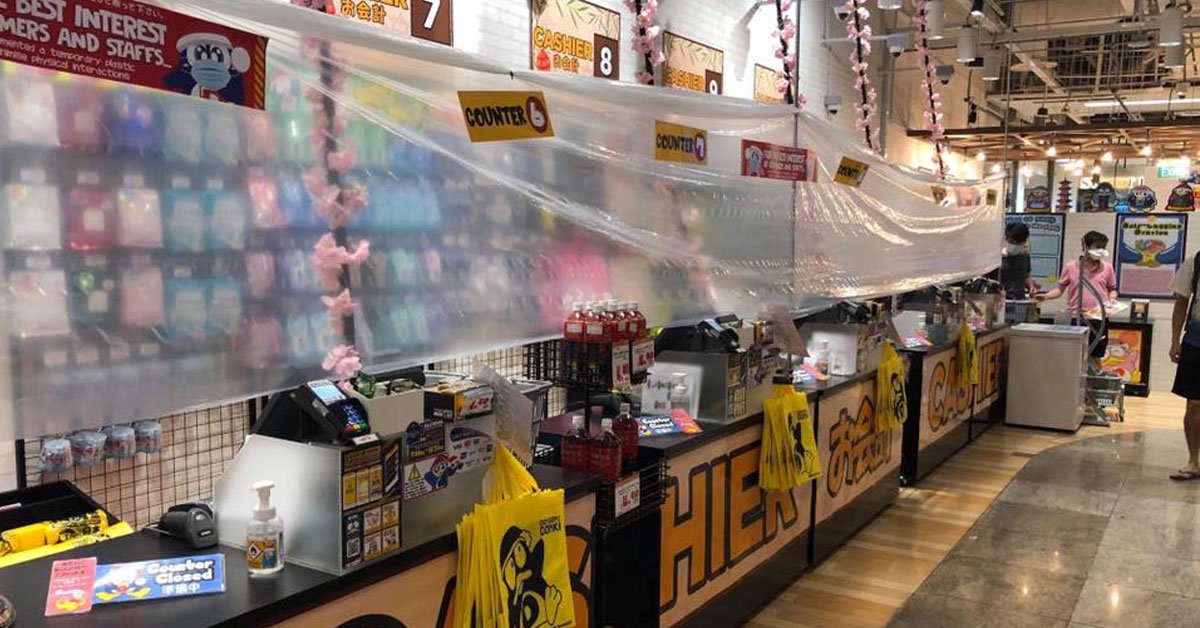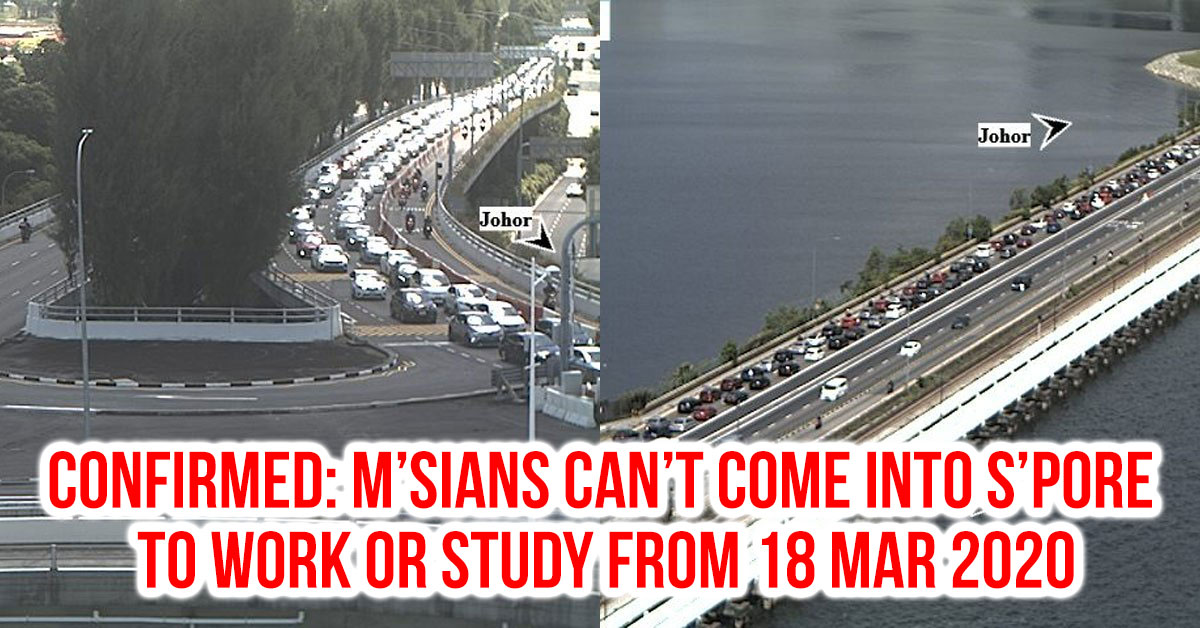The Covid-19 pandemic is making everyone change the way they behave.
Ah Hock, who never used to wash his hands even after going to the toilet, now washes it every 23 seconds.
Cindy, who didn’t care about masks and social distancing at the beginning, now wears a mask while brushing her teeth.
Everyone’s had to make huge adjustments during this crisis, even if you’re a Japanese supermarket.
Don Don Donki S’pore Measures Are So Extreme, It’s Looks Like a Hospital
Don Don Donki, the Japanese discount chain with tasty sweet potatoes and annoying theme music, looks a little different at the moment.
Before the Covid-19 pandemic, Don Don Donki looked like this:

It was filled with people without garments covering half their face, and had no safe distancing between customers.
But now it looks like this:

It kind of looks like something out a post-apocalyptic movie; empty, and covered with plastic as though there was a uranium spill in the store recently.
But what exactly is that giant plastic covering for? Well, think of it as Don Don Donki wearing a mask. This way, there’s another layer of protection between the cashier and the customer.
It makes the supermarket look so different that if this next picture didn’t have the store’s name in the background, I would have assumed it was a pharmacy in a hospital.


With all these layers of protection, the coronavirus must be wondering what it has to do to spread nowadays.
Coronavirus: It’s not easy, man. I have a family to think of.
Another picture shows the safe distancing rules in place for queuing before you pay for your items.

These measures might seem extreme, but just like how we have to order additional fried chicken pieces from KFC to deal with the McDonald’s closure, desperate times call for desperate measures.
Most Cases in Southeast Asia
Singapore reported 596 new cases yesterday, a number that would have made us faint in previous months.
With a total of 6,588 cases, we now have the highest number of Covid-19 infections in Southeast Asia.

It’s easy to panic with such statistics, but we should remember that the majority of the new cases come from dormitory clusters; 544 of the new cases are Work Permit holders staying in dormitories.
That means just 30 are cases from the community.
So, if we continue to stay at home, and adhere to safe distancing rules when we go out, we should see the number of cases decline.
Reader: But that’s what they said before the circuit breaker
Hope, dear reader. Hope is all we have.



